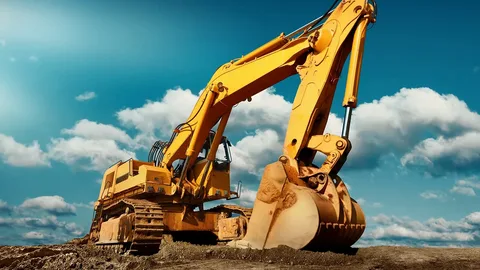
Exposure to vibration at work is a workplace hazard that needs to be moderated and monitored for the long-term safety of all employees. When used regularly, hand-held power tools carry the risk of causing permanent damage to workers, resulting in hand-arm vibration syndrome.
What is the Purpose of HAVS Assessments?
HAVS assessments are critical in the battle against workplace injury. Shaun from Principal Power Tools says, “These assessments protect workers by identifying high-risk tools and employees, creating effective and safe exposure time limits, and helping to implement health surveillance systems that benefit all workers.”
Identifying High-Risk Tools
HAVS assessments identify high-risk tools by determining their vibration magnitude. They also help prioritise risk management, flagging tools that should be removed from circulation or that need extra precautions around their use because of their excessive vibration.
Identifying High-Risk Employees
A handful of factors determine whether an employee is considered at high risk for hand-arm vibration syndrome (HAVS). These factors include the number of times they are exposed to hand-arm vibration throughout the day, the type of vibrating equipment they are using, and the EAV and exposure limit they need to follow.
Supporting Preventative Measures
When possible, preventative and alternative control measures are put in place to reduce exposure to vibration, either in time or intensity, to ensure that the employees are safe and that the necessary work is accomplished. Examples of preventative measures include proper tool maintenance, engineered controls (such as anti-vibration measures or materials), and alternative tool choices.
Enhancing Workplace Health and Safety Programs
HAVS assessments allow companies to make data-driven decisions to improve performance and enhance employee safety through adaptive health and safety programs. These risk assessments highlight what type of training employees need, inform employers with relevant vibration data and tell employers which employees to do health checks on, allowing for preventative health measures that help to avoid preventable injuries.
Ensuring Legal Compliance
Vibration at work regulations dictate the level and duration at which employees can be exposed to high vibration and vibrating tools. HAVS assessments provide detailed and granular information so that companies can ensure compliance in the eyes of the law. When used effectively, proper control measures protect employees from danger and injury (such as a carpal tunnel or vibration white finger) and companies from liability.
HAVS Assessments: Critical for Workplace Safety
HAVS assessments provide valuable and critical insights into the vibration exposure of employees, the duration of this exposure and the preventative measures that are in place to protect workers. With this data, employers can effectively make adjustments which protect workers from unnecessary harm and keep projects on track by ensuring that work can be completed safely and on time. They also show what type of tools need mechanical help to reduce vibration or completely remove from circulation and which employees are most at risk of injury. In the end, HAVS assessments are essential to workplace health and safety and are a key component in the fight against HAVS.






